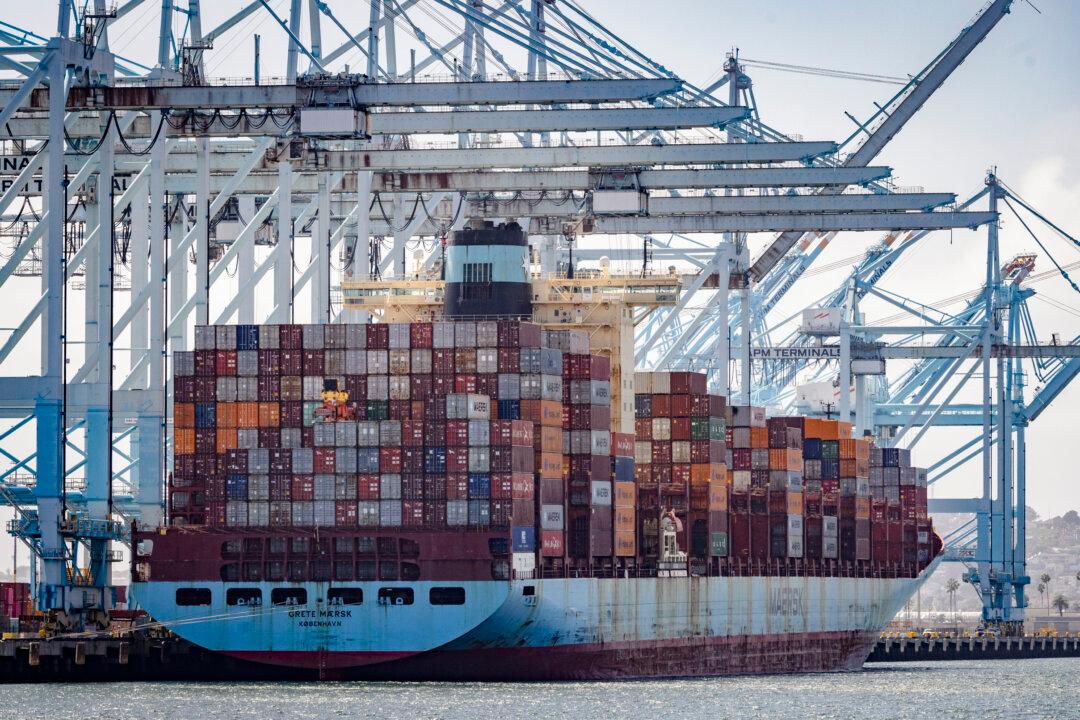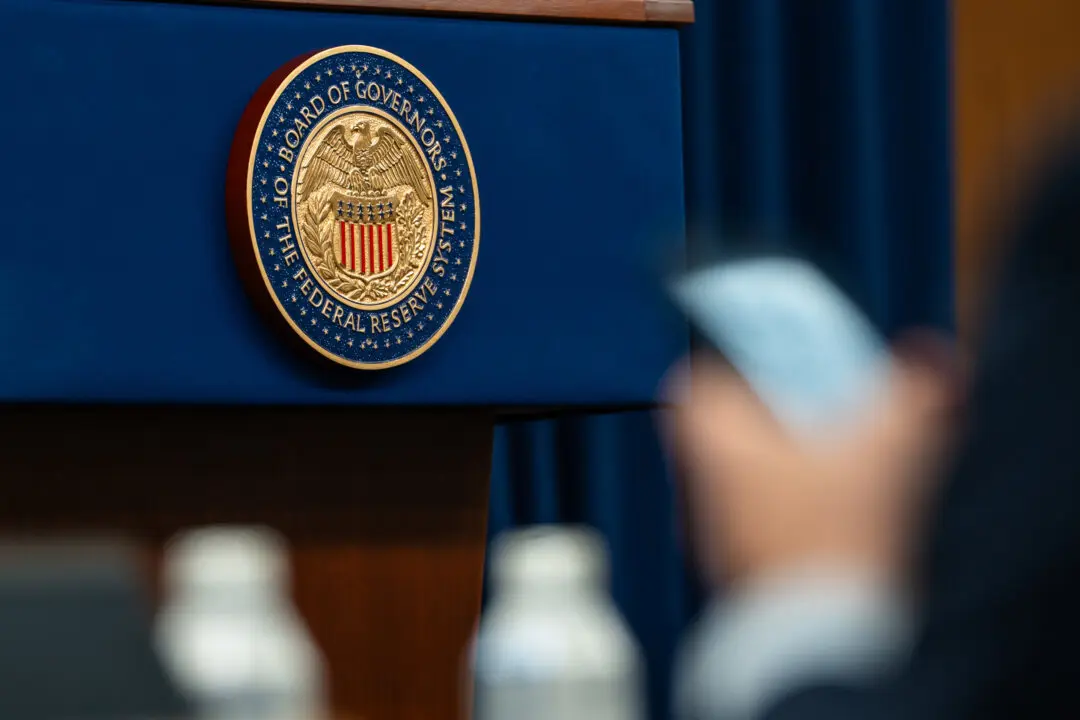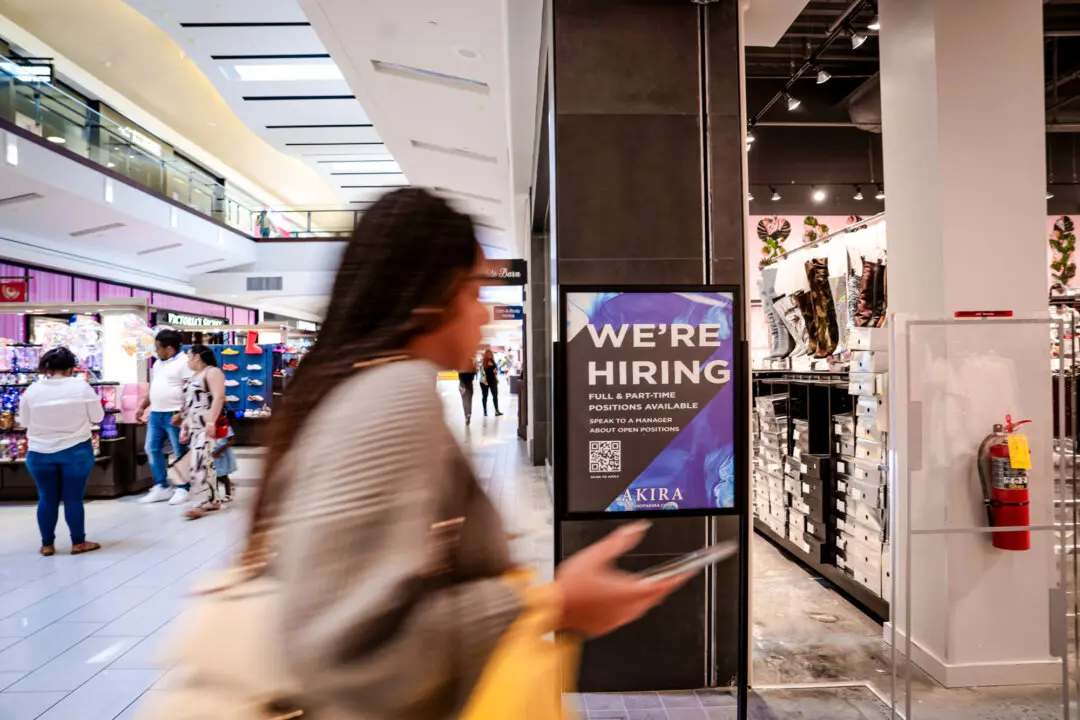The U.S. trade deficit widened to a record high in March as companies accelerated their imports ahead of U.S. tariffs taking effect.
Bureau of Economic Analysis data released on May 6 show that the international trade deficit—a measure of when a country’s imports exceed its exports—reached an all-time high of $140.5 billion. This is up by 14 percent from a revised $123.2 billion in February.





